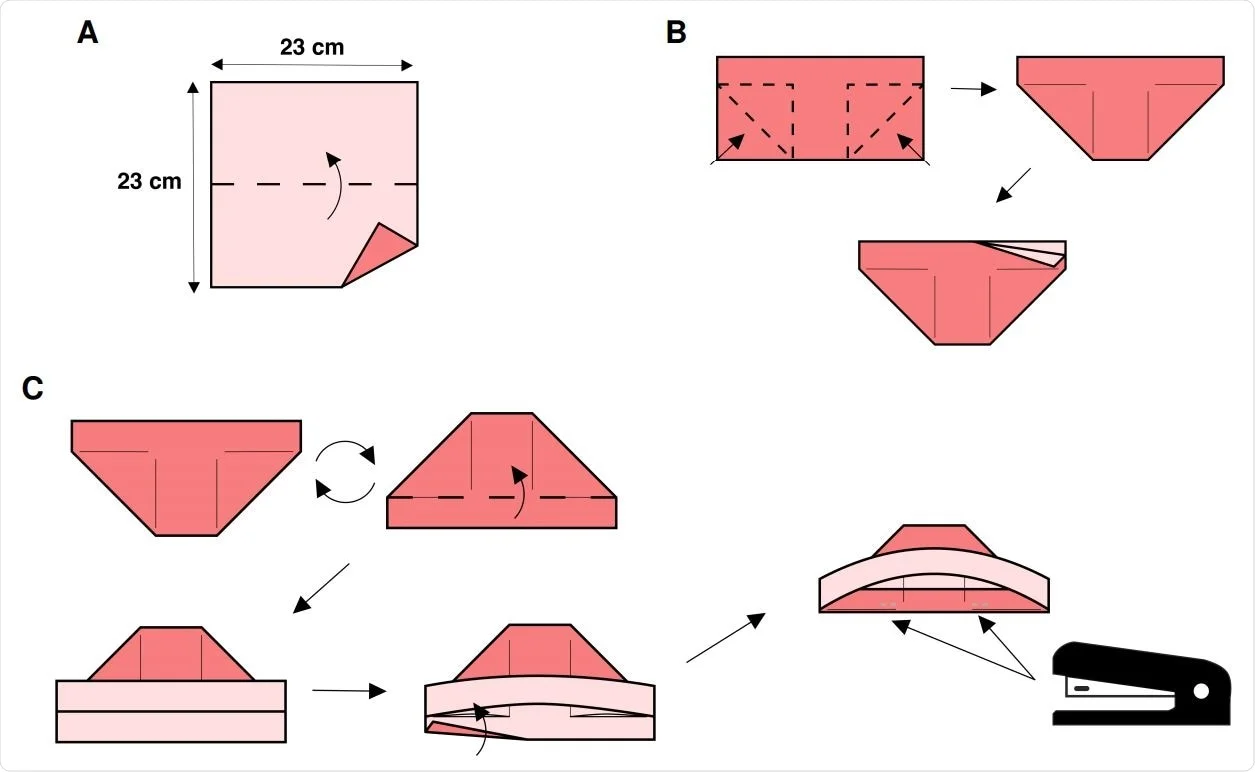

S-shapes are used less frequently than W-shapes since the S-shapes possess less strength and are less adaptable than W-shapes. The S-shape (American Standard I-beam) is distinguished by its cross section being shaped like the letter I. The C-shape is similar to the S-shape in that its inner flange surface is also sloped approximately 17 degrees. The difference between the W-shape and the S-shape is in the design of the inner surfaces of the flange. The W-shape has parallel inner and outer flange surfaces with a constant thickness, while the S-shape has a slope of approximately 17 degrees on the inner flange surfaces.

The cross-sectional views of the W-, S-, and C-shapes are illustrated in Figure 7-2. As an example, a W 12 x 27 indicates a W-shape (wide flange) with a web 12 inches deep and a weight of 27 pounds per linear foot. These three types are identified by the nominal depth, in inches, along the web and the weight per foot of length, in pounds. The three most common types of structural members are the W-shape (wide flange), the S-shape (American Standard I-beam), and the C-shape (American Standard channel). The following paragraphs will explain the common structural shapes used in building materials and the common structural members that are made in those shapes. These symbols are compiled from part 4 of Military Standard 18B (MIL-STD-18B) and information from the American Society of Construction Engineers (ASCE). Many of the shapes are shown in Figure 7-1. Various structural members are used to manufacture a wide variety of cross section shapes and sizes.


 0 kommentar(er)
0 kommentar(er)
